Cheese boasts a diverse array of flavours that tantalize our taste buds. But have you ever wondered what exactly creates the spectrum of flavours we experience when we savour a piece of cheese? The answer lies in a fascinating interplay of science, starting with the milk itself and culminating in the complex chemical reactions that occur during the cheesemaking process.
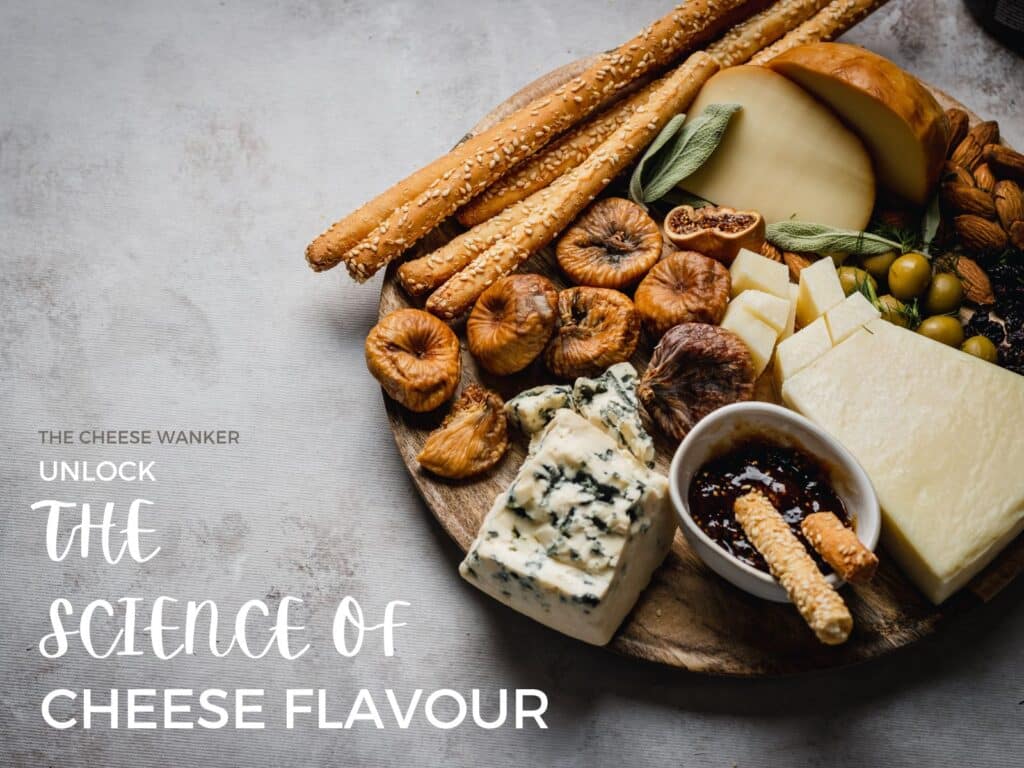
SEE ALSO: The weird and wonderful world of cheese texture, aroma and flavour →
The building blocks of flavour: milk and microbes
The journey of cheese flavour begins with milk. The type of milk used, whether cow, goat, sheep or even buffalo, significantly impacts the final taste. Each milk variety possesses unique fatty acid profiles and lactose content, contributing to the foundation of cheese flavour.
Next, enter the essential players: microbes. Cheesemakers introduce specific bacteria and cultures into the milk, initiating a series of transformations. These tiny organisms consume lactose, the milk sugar and convert it into lactic acid.
This process not only lowers the pH, contributing to a tangy or acidic flavour, but also plays a crucial role in texture development.
Beyond lactic acid bacteria, other microbes like mould and yeast can be introduced depending on the desired cheese style. These diverse microorganisms produce a vast array of volatile compounds, responsible for the characteristic aromas and flavours associated with different cheeses.
The art of ripening: unlocking flavour complexity
Once the curd formation and initial flavour development occur, many cheeses embark on a crucial stage: ripening. During this controlled ageing process, a symphony of chemical reactions takes place.
Enzymes break down proteins and fats in the cheese, releasing even more flavourful compounds. The specific types of enzymes involved, along with the duration and temperature of ripening, significantly influence the final flavour profile.
Aged cheeses

For instance, cheeses like Gruyère undergo a long ripening process (up to two years), allowing enzymes to break down complex milk proteins into smaller peptides and amino acids. These breakdown products contribute to the characteristic fruity and nutty flavours associated with aged Gruyère.
You can learn more about the incredible range of aromas and flavours in Gruyère in our dedicated article here.
Younger cheeses
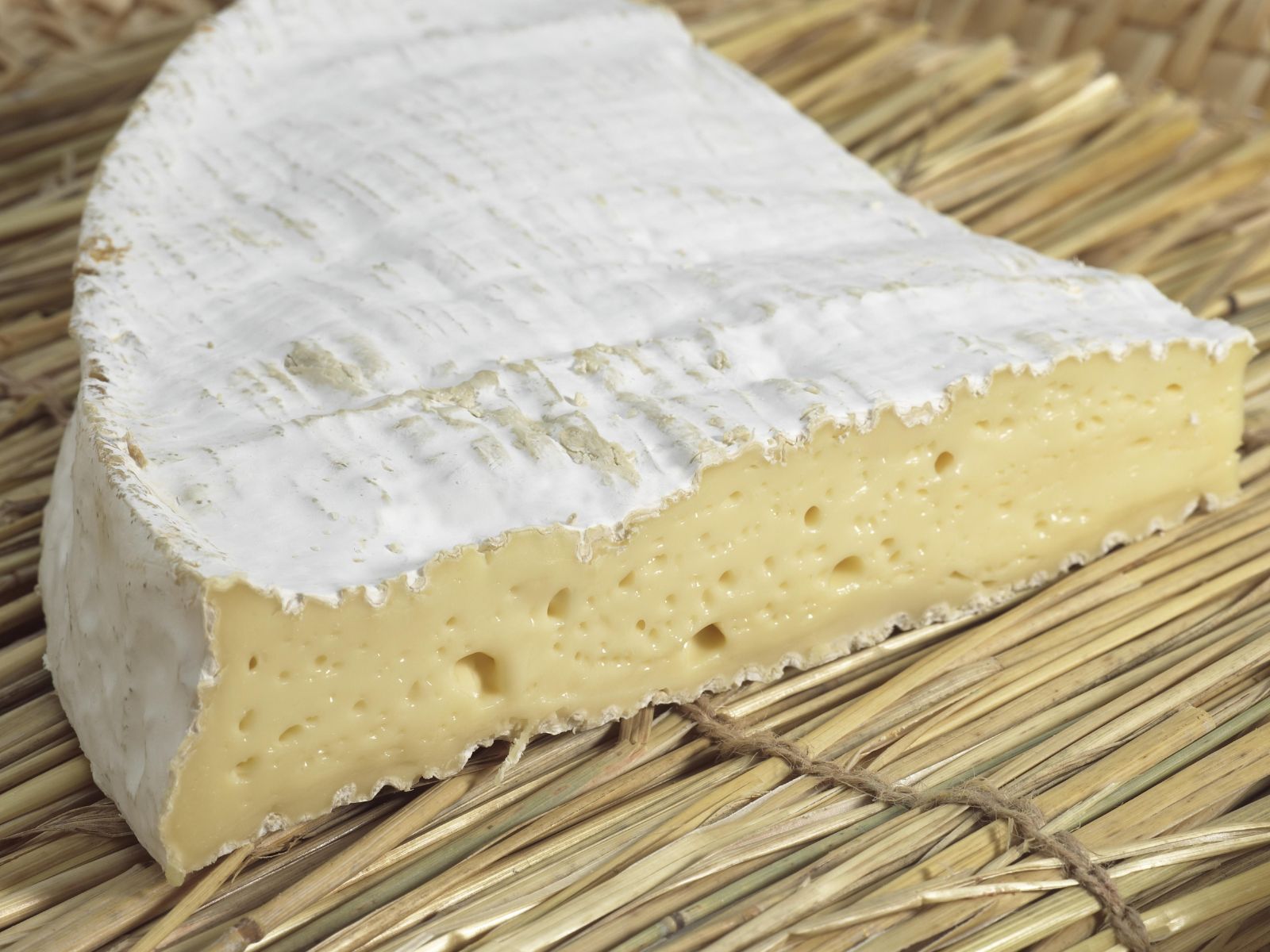
In contrast, Brie and Camembert are ripened using specific moulds like Penicillium camemberti. These moulds not only contribute to the characteristic bloomy rind but also produce enzymes that break down fats, releasing volatile fatty acids responsible for the pungent and earthy aromas of these soft cheeses.
From mild to bold: a universe of flavour profiles
The interplay of these factors, from the type of milk and microbes used to the specific ripening conditions, creates the vast spectrum of cheese flavours we encounter. Let’s explore some key contributors to cheese flavour diversity:
- Lactic acid: As mentioned earlier, lactic acid produced by bacteria contributes to a tangy or acidic flavour, often more pronounced in younger cheeses.
- Volatile compounds: These aroma molecules, produced by various microbes, are responsible for the vast array of fruity, nutty, buttery, cheesy and even pungent aromas associated with different cheeses.
- Salt: Not only does salt enhance flavour perception, but it also plays a role in moisture control and texture development, indirectly impacting the overall taste experience.
- Fat content: The type and amount of fat in the milk used significantly influence the mouthfeel and richness of the cheese. Higher fat content cheeses often feel creamier and have a more pronounced flavour compared to their low-fat counterparts.
Understanding these scientific principles behind cheese flavour allows us to appreciate the intricate craftsmanship involved in cheesemaking. Each cheese variety represents a unique combination of ingredients, microbial communities, and ageing techniques, culminating in a sensory experience unlike any other.
Exploring the cheese flavour landscape
As you embark on your next cheese exploration, keep these scientific insights in mind. Notice the subtle nuances in flavour profiles, from the tangy bite of a young Cheddar to the complex, nutty notes of a well-aged Gruyère.
Experiment with different cheese styles and pairings, understanding how factors like complementary flavours and contrasting textures can elevate your tasting experience.
Remember, cheese appreciation is a journey of discovery, fuelled by both scientific knowledge and sensory exploration. So, the next time you savour a piece of cheese, take a moment to appreciate the fascinating science that brought it to life, and embark on a delicious adventure through the diverse world of cheese flavours.

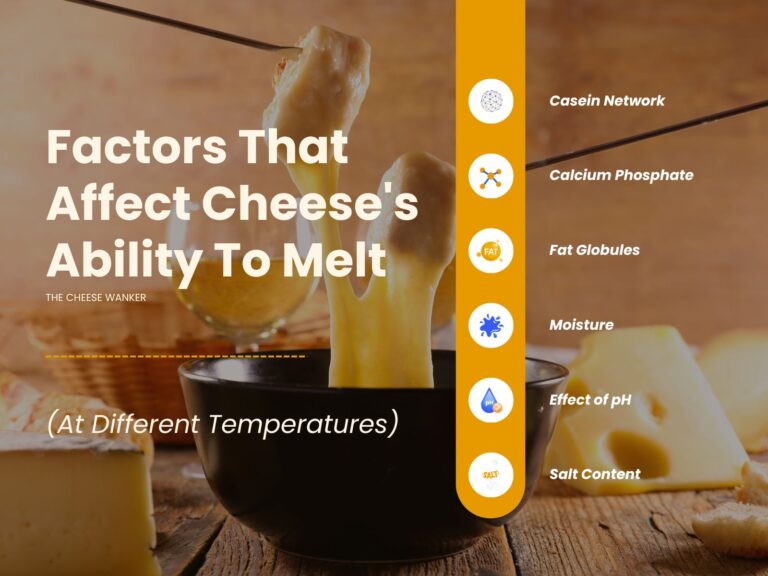
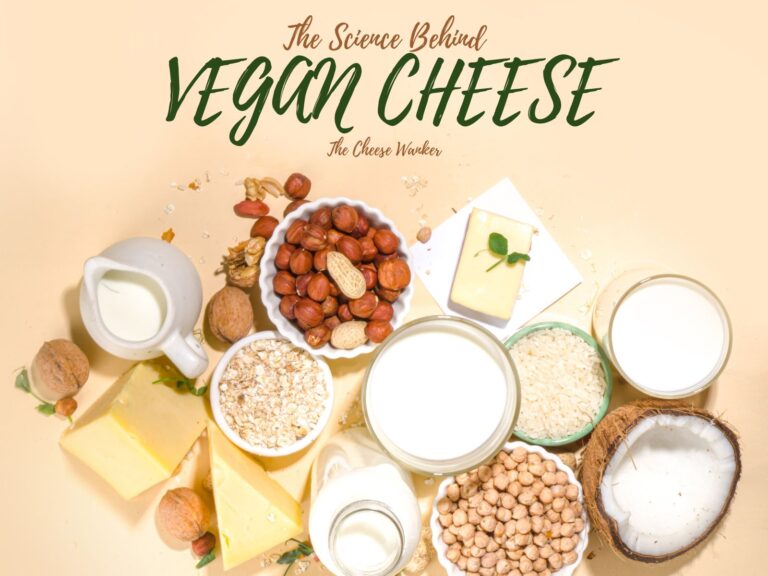
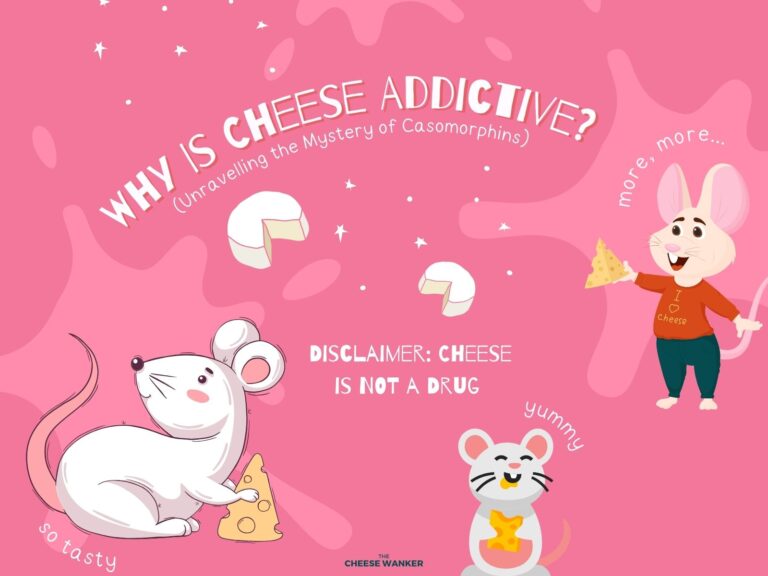
Truly enjoyed reading all the details contained therein.